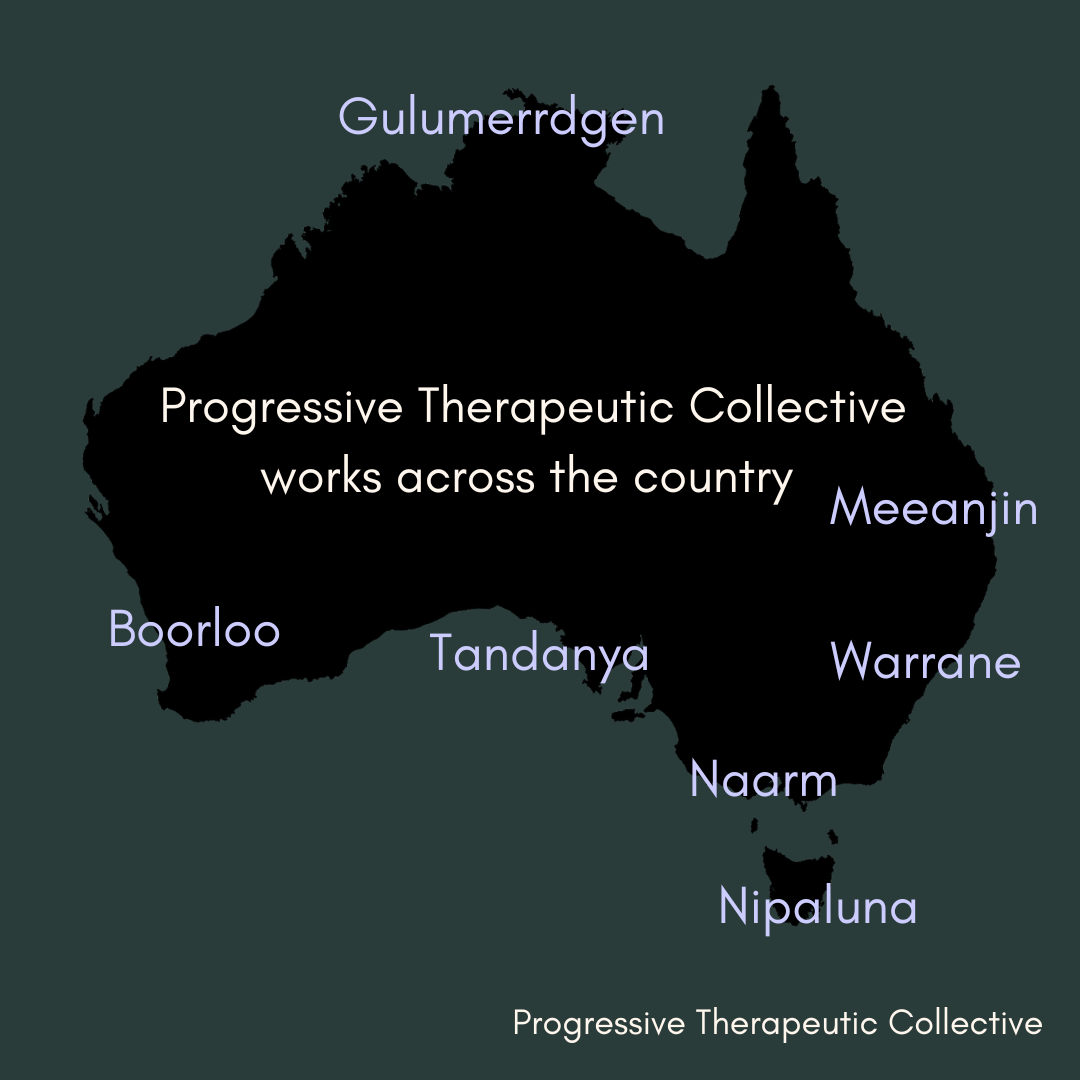Embracing Alexithymia: Understanding a Unique Facet of Neurodiversity
Alexithymia, a term that emerged in the 1970s, describes a condition where individuals find it challenging to identify and express their emotions. Characterised by difficulties in recognising feelings in oneself and others, alexithymia is a significant aspect of neurodiversity, often overshadowed by more commonly discussed conditions such as autism and ADHD.
The Nature of Alexithymia
Alexithymia affects approximately 10% of the general population, but the prevalence rises significantly among people with neurodevelopmental disorders. Those with alexithymia typically experience a specific set of challenges, including:
Emotional Recognition: Difficulty in identifying what they feel and understanding the emotional context of social interactions.
Describing Feelings: A limited ability to describe their emotions to others, often resulting in a communication gap.
Externalising Emotions: A tendency to use physical sensations or external activities to express or understand emotional states.
Clinical Insights
Consider the case of Maria, a 30-year-old software developer diagnosed with both autism and alexithymia. In her role, Maria excels at logical tasks and systematic problem-solving, often outperforming her peers in debugging and coding efficiency. However, she struggles with team meetings that require emotional engagement or reading between the lines. Her approach to her emotional challenges involves writing down her daily experiences and explicitly noting any feelings that arise, which helps her identify and communicate her emotional state more effectively.
Another example is John, a 45-year-old marketing executive, who finds it hard to gauge the emotional tone of his team's feedback. John uses structured feedback forms to help quantify the sentiments expressed, enabling him to respond more appropriately.
Strengths of Alexithymia
While the challenges associated with alexithymia are significant, it is crucial to acknowledge the strengths that this condition can confer. Individuals like Maria and John often display exceptional attention to detail and a propensity for high levels of concentration in fields requiring precision. Their ability to remain objective and less swayed by emotional biases can be a valuable asset in various professional and personal contexts.
Strategies for Support
Supporting individuals with alexithymia involves creating environments where their unique needs are acknowledged and accommodated. This could include:
Communication Aids: Using tools and techniques such as emotion cards, journals, or apps designed to help identify and express feelings.
Professional Guidance: Therapy sessions with professionals trained in neurodiversity can offer strategies tailored to manage and understand alexithymia better.
Awareness and Education: Educating peers about alexithymia to foster understanding and support within community and work settings.
The Importance of Inclusion
In a world that highly values emotional intelligence, it's vital to also recognise and celebrate different kinds of minds, including those with alexithymia. By embracing the full spectrum of neurodiversity, we enrich our collective human experience and create a more inclusive society that values all forms of thought and expression.
Alexithymia, with its unique challenges and strengths, is an integral part of the neurodiversity spectrum. It exemplifies the importance of understanding and adapting to the varied ways people perceive and interact with the world. Through continued research, increased awareness, and tailored support, individuals with alexithymia can not only navigate their challenges more effectively but also leverage their distinctive skills to enrich their lives and communities.

